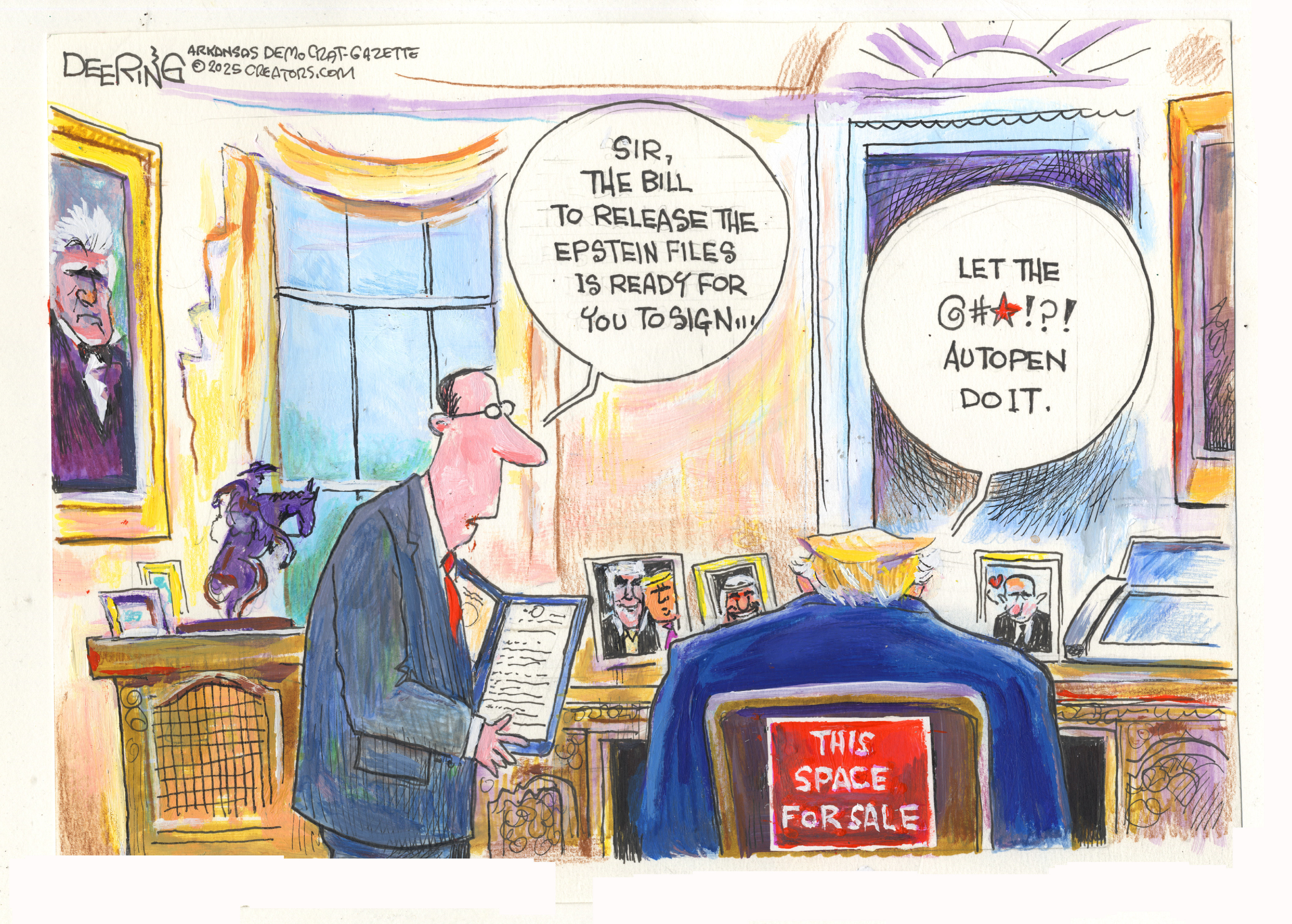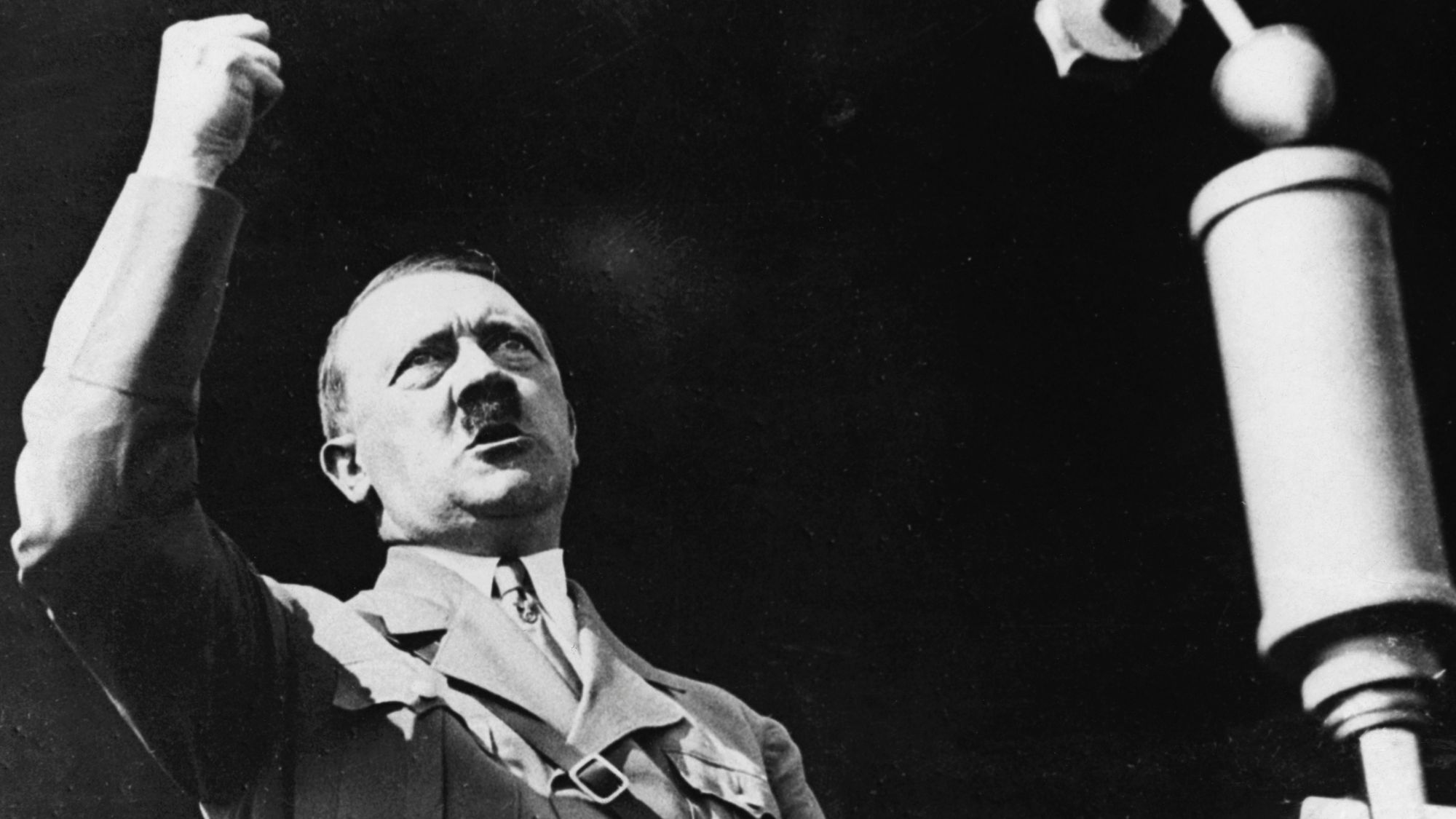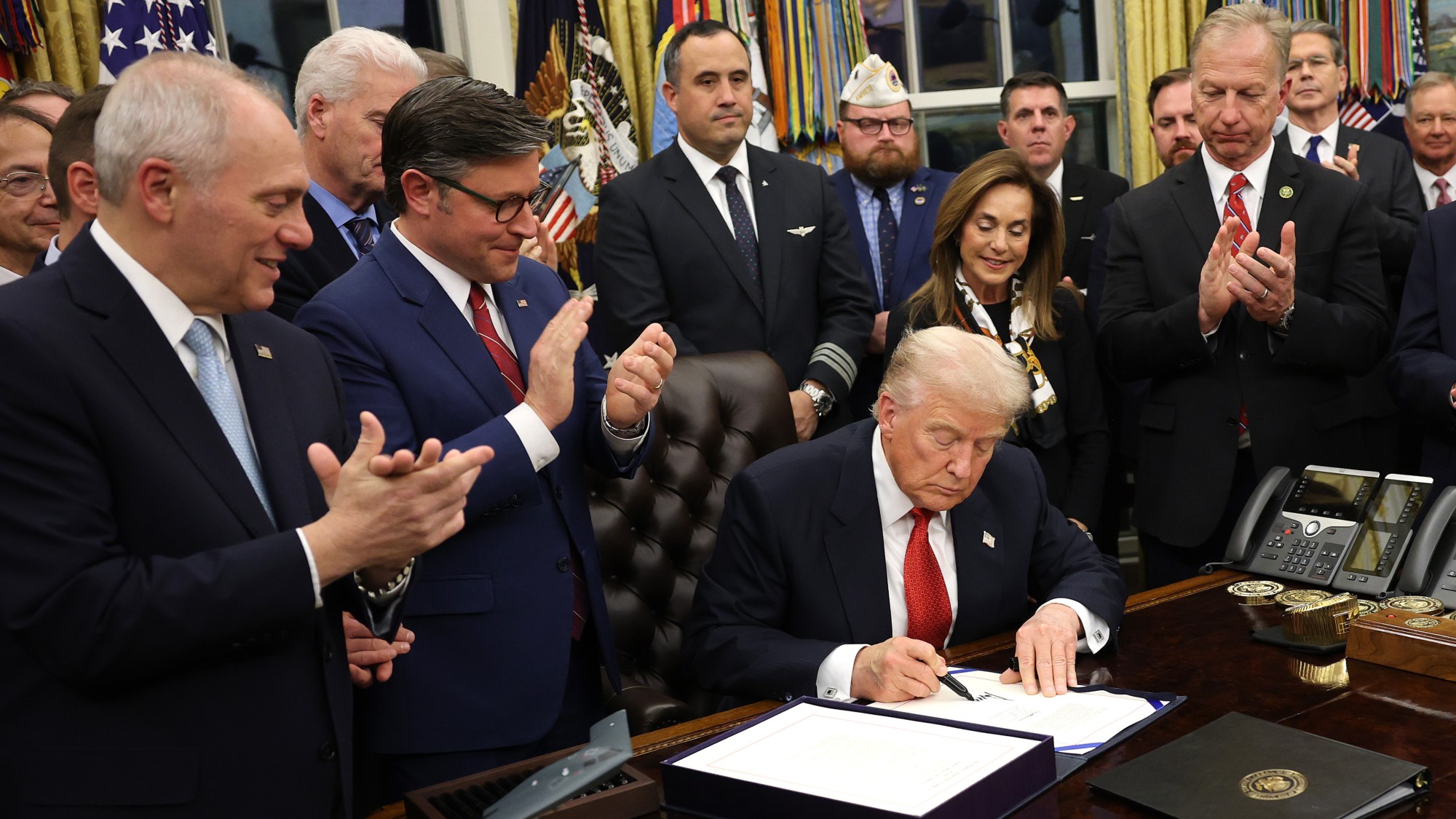Briefing: Space, the final tourist frontier
Entrepreneurs are betting billions that people will pay a stiff price for the experience of being shot into space. Is commercial space flight really possible? On a minor scale, it already exists: Five civilians, including California investment guru Denni
Entrepreneurs are betting billions that people will pay a stiff price for the experience of being shot into space. Will you soon see Earth from the perspective of an astronaut?
Is commercial space flight really possible?
On a minor scale, it already exists: Five civilians, including California investment guru Dennis Tito and Charles Simonyi, a Hungarian-American software executive, each paid $20 million to hitch a ride on Russian rocket flights to the International Space Station, where they stayed for several days. The willingness of the super-rich to pay the Russians for a trip to space sparked interest among a host of entrepreneurs, who wondered: How many people would do this if we could cut the cost? More than a dozen different companies now have private spaceships in development or on the drawing boards, propelling space tourism from a futuristic fantasy to the realm of the feasible. Two companies are even preparing to build a space hotel (see box). “The whole business of space travel has come from the planning stage to the implementation stage,” said Thomas Beer, a lawyer with the European Space Agency. “If you’re thinking, Not in my lifetime, then you’re wrong.”
The Week
Escape your echo chamber. Get the facts behind the news, plus analysis from multiple perspectives.

Sign up for The Week's Free Newsletters
From our morning news briefing to a weekly Good News Newsletter, get the best of The Week delivered directly to your inbox.
From our morning news briefing to a weekly Good News Newsletter, get the best of The Week delivered directly to your inbox.
What’s driving this boom?
It’s not a breakthrough in technology, really, since engineers learned a half-century ago how to blast a human payload into space. The new space race is being driven primarily by market forces, at a time when innovations have made it possible to produce spacecraft that are smaller, lighter, and more efficient than the behemoths made by government space programs. The investors pumping billions into these projects are convinced that hundreds, and perhaps thousands of people would gladly pay $200,000 or more for the experience of seeing Earth from beyond its atmosphere. The new industry, says author Greg Klerkx, is being fueled by “a heady brew of bravado, bare-bones innovation, and the vague promise of vast riches.”
How vague is that promise?
It’s getting more concrete with every passing month. In the New Mexico desert, Richard Branson’s Virgin Galactic is currently building a $250 million spaceport that, according to Branson, could be blasting tourists into space by 2010. He’s already signed up 200 customers who will pay $200,000 each for two-and-a-half-hour suborbital flights aboard an eight-seat aircraft. And Branson’s “Spaceport America” is only one of several such projects springing up around the globe. The U.S. now has seven private spaceports in development, while others are sprouting in Europe, Canada, Australia, and elsewhere. The field is still dominated by do-it-yourself tycoons such as Microsoft co-founder Paul Allen, Branson, and Amazon founder Jeff Bezos, but in recent months private equity firms from Boston to Dubai have been pouring in hundreds of millions of dollars. These investors obviously think there’s a future in space tourism. So does the Federal Aviation Administration. The agency says that space tourism could be a $700 million business, with 15,000 passengers a year, by 2021.
A free daily email with the biggest news stories of the day – and the best features from TheWeek.com
What are these spacecraft like?
Various models are being developed. A company in Oklahoma called Rocketplane Limited has converted a Learjet into a craft capable of space flight, with a rocket engine mounted in the back. Most of the interior is filled with rocket fuel, with space up front for several passengers. The jet is designed to take off from a runway and then fire the rocket at a high altitude for a quick run to space. Virgin Galactic’s craft is designed to be launched, midair, from a carrier plane. Other companies are developing “vertical-takeoff-and-landing” rockets that would go straight up. “There is quite a contest going on between a number of companies,” said Walter Peeters, dean of the International Space University in France. “People underestimate how fast this is developing.”
What will a ticket to space buy?
On the Rocketplane XP, passengers would ride to 25,000 feet, a mile or two below the cruising altitude of a commercial jet, at which point the pilots would engage the rocket engine. A 90-second rocket burn would plaster the passengers into their seats under strong G-forces, as the craft attained speeds of about 3,000 miles per hour—about four times the speed of sound—and climbed to the “edge’’ of space, about 62 miles up. There, the atmosphere ends and gravity becomes very weak, and passengers would get to float around the cabin for several minutes while the spacecraft coasted. “You’ll see curvature of the Earth,” said Rocketplane consultant Jay Edwards. “You’ll see the blue ball. You’ll be in the black part of space.” The whole trip would last about an hour, with the Rocketplane landing like a regular airplane. “We hope to create thousands of astronauts over the next few years,” said Virgin Galactic’s Branson, “and bring alive their dream of seeing the majestic beauty of our planet from above, the stars in all their glory.”
Are there actually customers for this?
Yes. People such as John Criswick of Ottawa. A successful video game publisher, Criswick is one of the 200 people in 30 countries who have signed up for Virgin Galactic’s trips to space. “I like to have a little bit of risk and not be able to predict what’s going to happen,” he says, explaining that his world travels have started to seem “mundane.” Among the others who have slapped down a $20,000 deposit to reserve a spot are actress Victoria Principal, Hollywood director Bryan Singer, real estate magnates, hedge fund managers, and wealthy adventurers. “I’ve found it more of a thrill sell—adventure, bragging rights,” said New York travel agent Jack Ezon, who has sold two tickets for space flights. “They’re going for the Wow!”
-
 Political cartoons for November 22
Political cartoons for November 22Cartoons Saturday’s political cartoons include Trump's autopen, war for oil rebranded, and more
-
 Hitler: what can we learn from his DNA?
Hitler: what can we learn from his DNA?Talking Point Hitler’s DNA: Blueprint of a Dictator is the latest documentary to posthumously diagnose the dictator
-
 Government shutdown: why the Democrats ‘caved’
Government shutdown: why the Democrats ‘caved’In the Spotlight The recent stalemate in Congress could soon be ‘overshadowed by more enduring public perceptions’